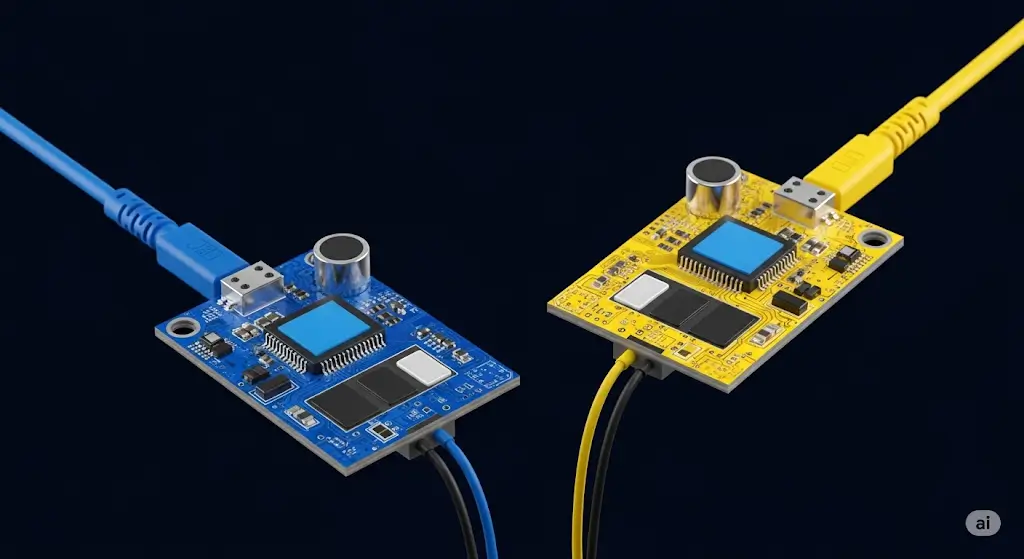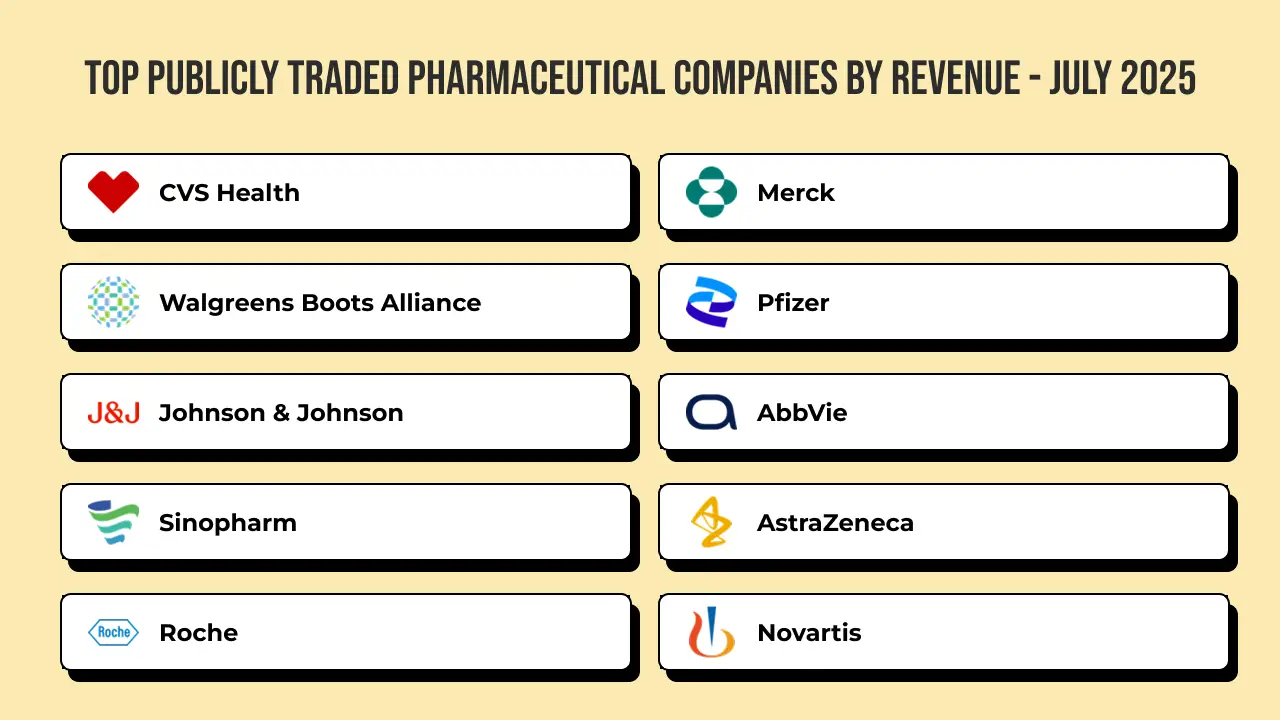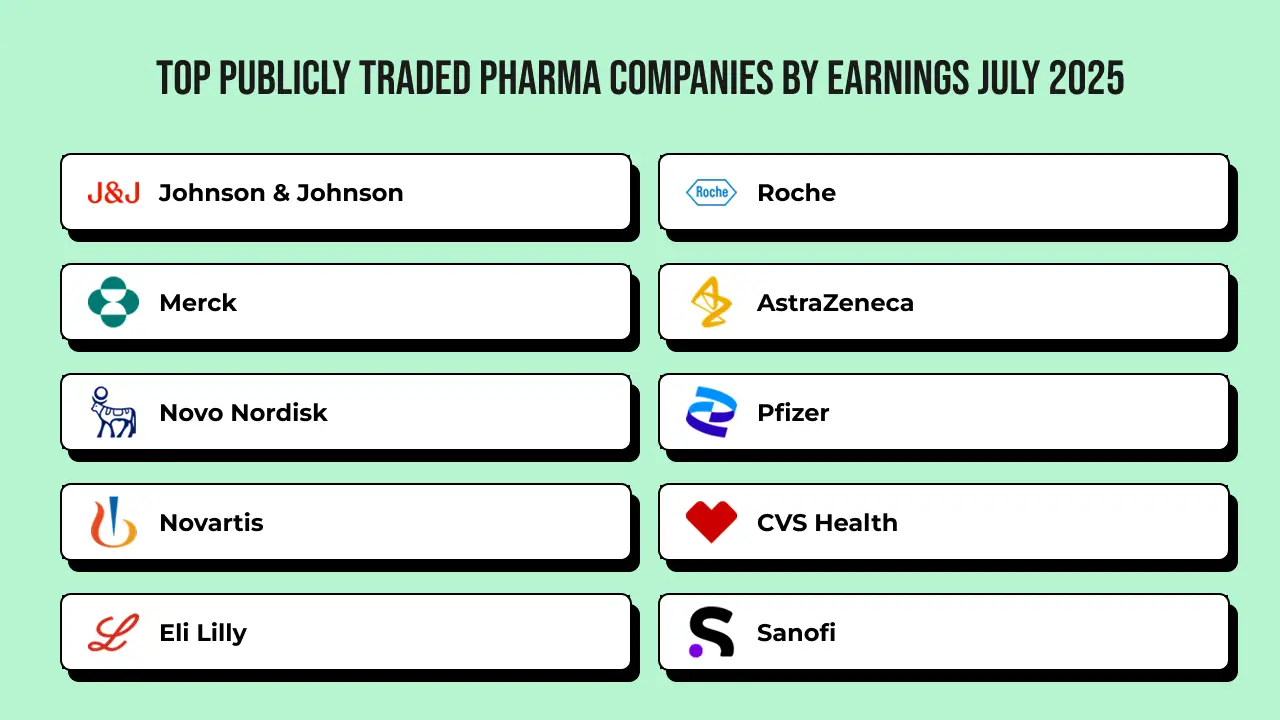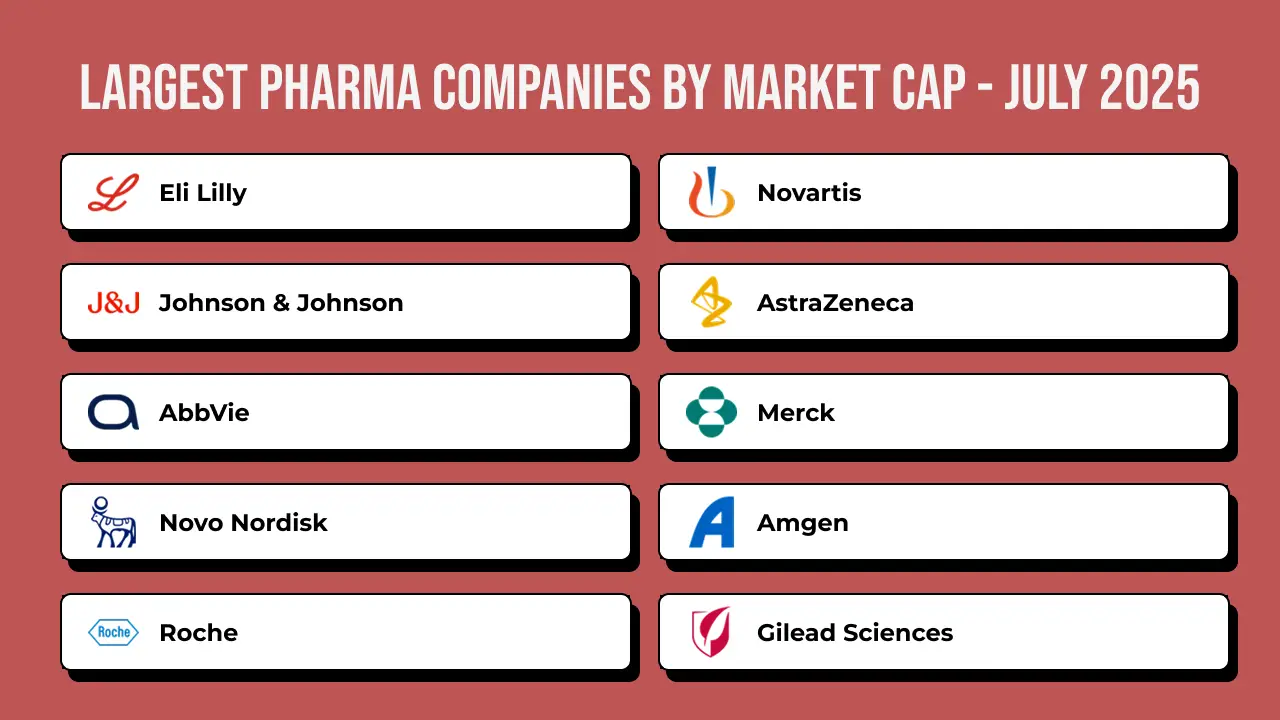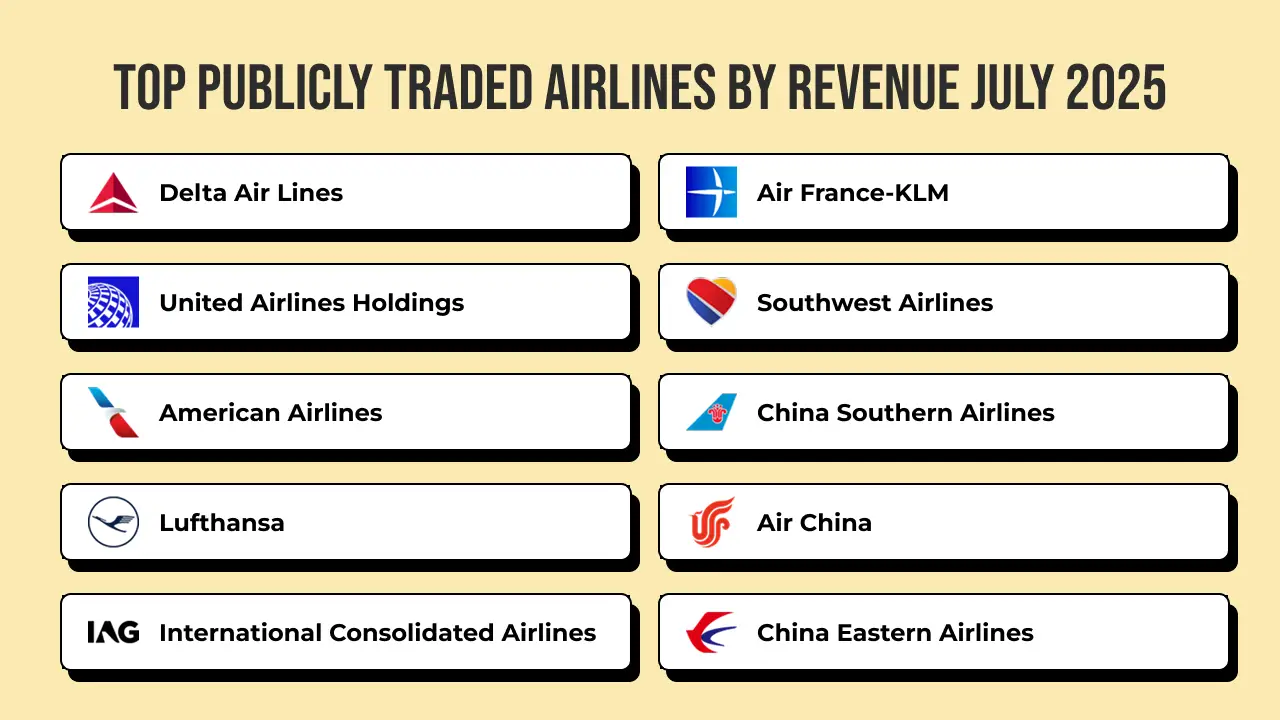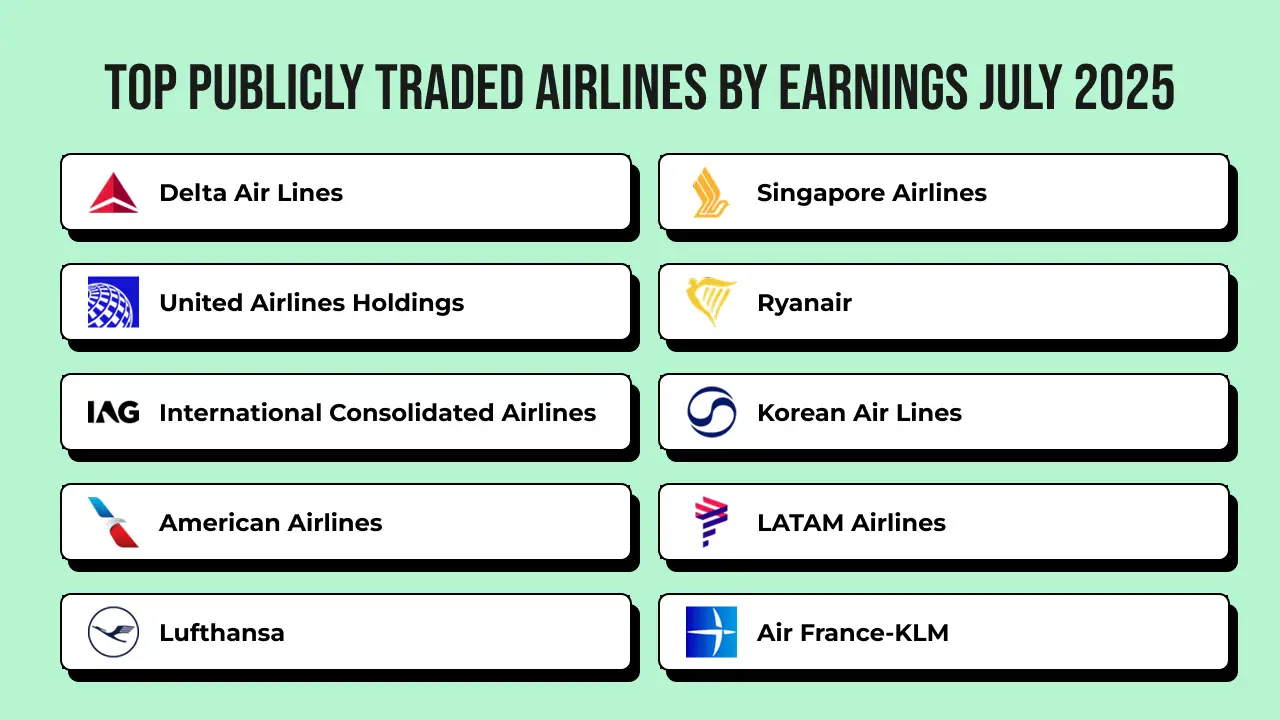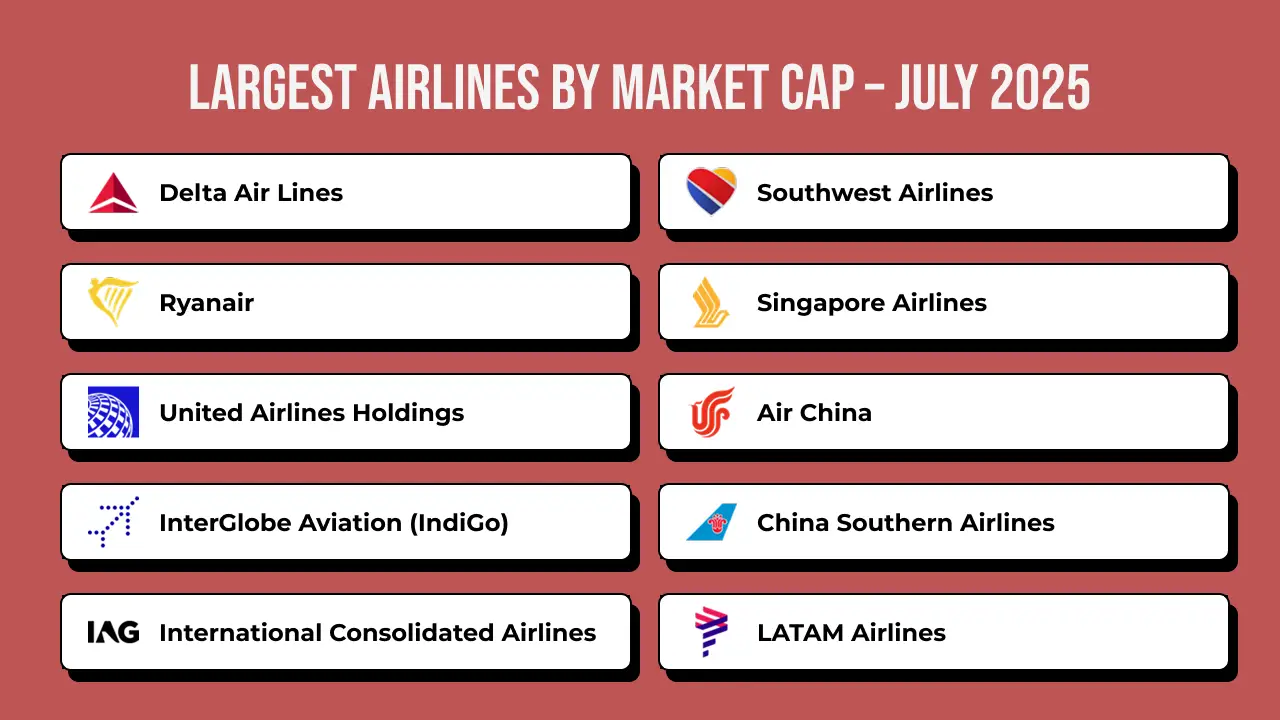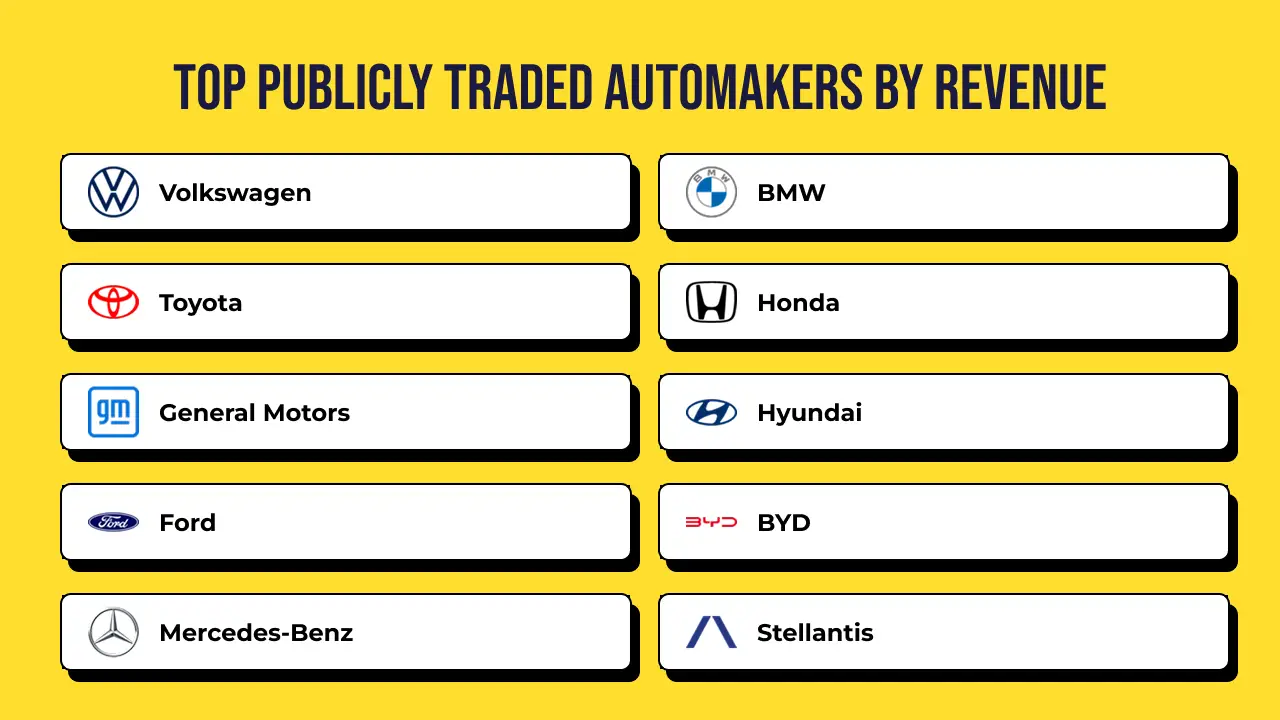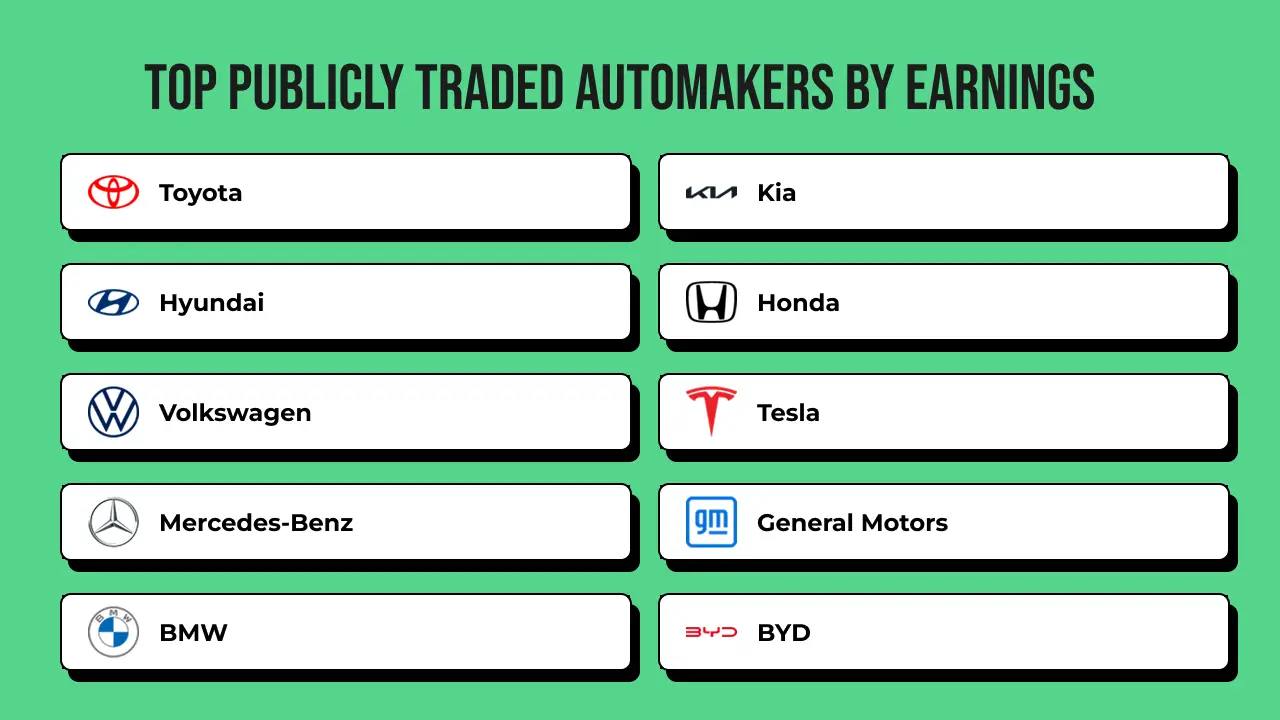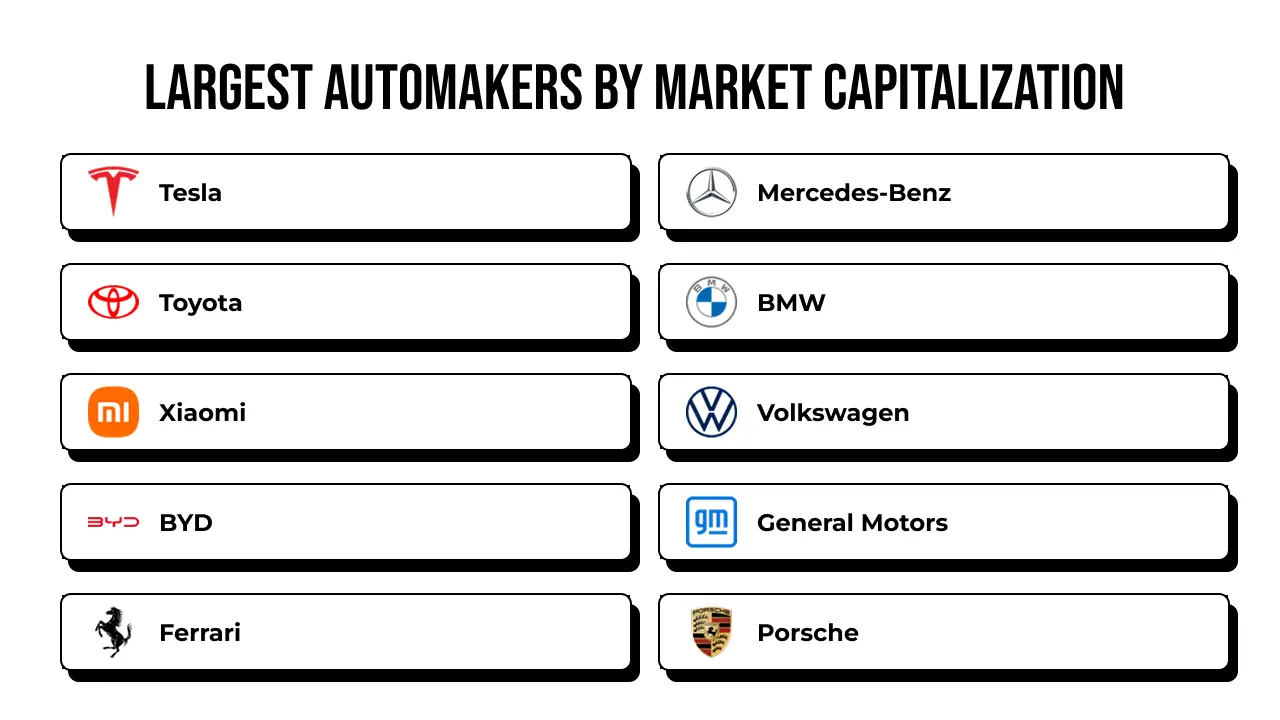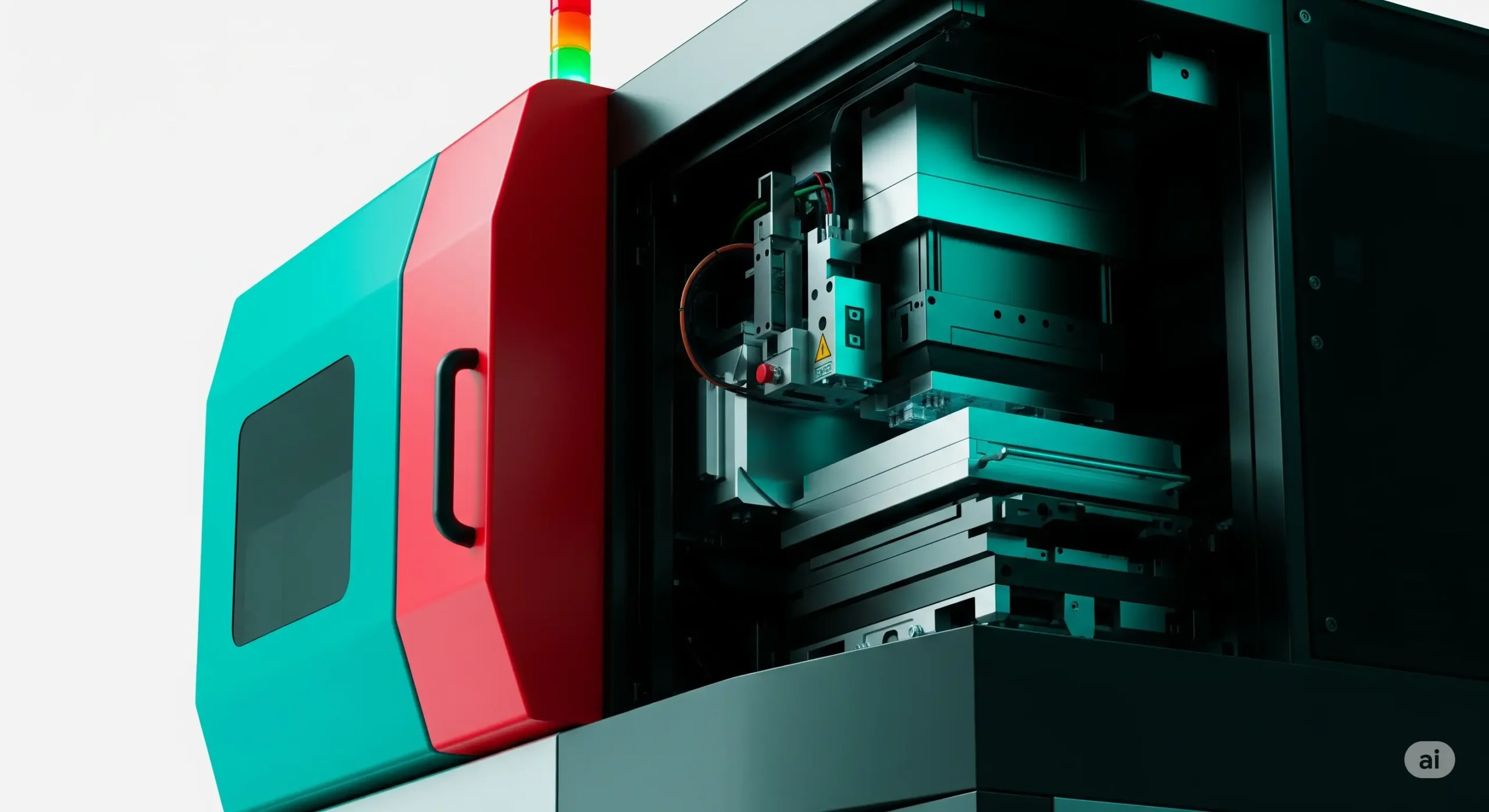I’ve been diving into the fascinating world of the biosensors market, and it’s clear that this industry is on a remarkable growth trajectory. As of 2024, the global biosensors market is valued at approximately USD 29.8 billion, with projections indicating it will soar to USD 48.6 billion by 2030, reflecting a robust compound annual growth rate (CAGR) of around 8.5%. This surge is driven by the increasing demand for advanced diagnostic tools, rising prevalence of chronic diseases, and the integration of biosensors in wearable devices. The expanding applications in healthcare, environmental monitoring, and food safety are also pushing the market forward. I find it exciting to see how biosensors are becoming integral to modern technology, offering real-time data that empowers both individuals and industries to make informed decisions. The market’s growth is further fueled by advancements in nanotechnology and the growing adoption of point-of-care testing, which is transforming how we approach diagnostics and monitoring.
When exploring the market’s segments, I noticed that biosensors are categorized by type, application, and technology. The key types include electrochemical, optical, piezoelectric, and thermal biosensors. Among these, electrochemical biosensors hold the largest market share, accounting for over 40% of the market in 2024. This dominance is due to their high sensitivity, cost-effectiveness, and widespread use in glucose monitoring devices for diabetes management. By application, the healthcare sector leads, driven by the rising need for rapid diagnostics and continuous monitoring systems. Other notable segments include environmental monitoring and food safety, but healthcare remains the frontrunner because of its critical role in addressing global health challenges. The technology segment, particularly wearable biosensors, is gaining traction as consumer demand for fitness trackers and smart health devices grows. I’m particularly intrigued by how these segments are evolving to meet diverse needs across industries.
The biosensors market is highly competitive, with several key players driving innovation. Leading companies include Abbott Laboratories, Medtronic, and Dexcom, which are at the forefront due to their advanced glucose monitoring systems. Other notable players like Roche Diagnostics and Siemens Healthineers are also making significant strides in diagnostic biosensors. I’ve observed that these companies are heavily investing in research and development to enhance sensor accuracy and integrate artificial intelligence for better data analysis. Smaller firms and startups are also entering the space, focusing on niche applications like environmental biosensors. The competition is fierce, but it’s exciting to see how it’s pushing the boundaries of what biosensors can achieve, especially in personalized medicine.
Geographically, I find that North America holds the largest share of the biosensors market, contributing over 35% of global revenue in 2024. The United States, in particular, leads due to its advanced healthcare infrastructure and high adoption of wearable technologies. Europe follows closely, with countries like Germany and the UK investing heavily in biosensor research. The Asia-Pacific region is emerging as a fast-growing market, driven by increasing healthcare expenditure in countries like China and India. I’m particularly impressed by how these regions are leveraging biosensors to address unique challenges, from chronic disease management in North America to environmental monitoring in Asia-Pacific. The global distribution of this market highlights its universal appeal and adaptability.
Looking at recent innovations, I’m thrilled by the development of graphene-based biosensors, which have shown unprecedented sensitivity and flexibility in detecting biomarkers. Top trends include the integration of biosensors with IoT for real-time health monitoring and the rise of non-invasive sensors, such as those embedded in smartwatches. Another exciting trend is the use of AI to enhance biosensor data interpretation, making diagnostics more accurate. These advancements are reshaping the industry, and I can’t wait to see how they’ll continue to transform healthcare and beyond in the coming years.

